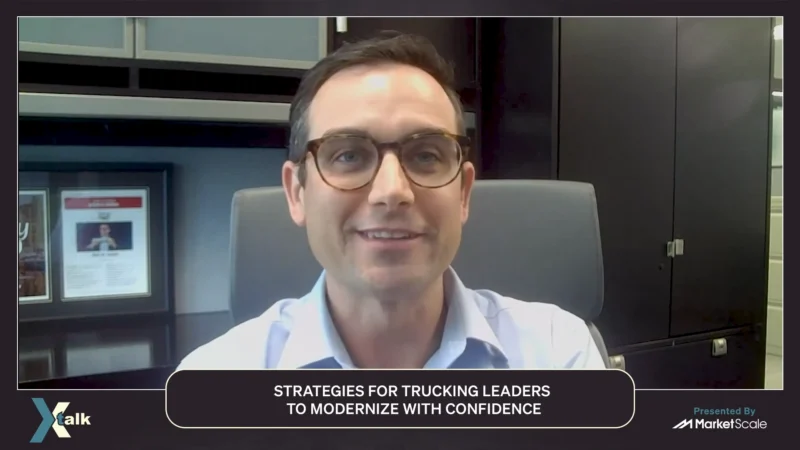As Vehicles Become Autonomous, the Importance of Radar Technologies Increases
The motion that stops a car from moving into the next lane or that applies the brakes just before a fender bender can occur happens all because of radar technology. Are We There Yet? host Grant Harrell spoke with Nathan Mintz, Co-Founder and CEO of Spartan Radar, an automotive radar technology startup company, about the advancement of radar technologies into the consumer market.
“The level of autonomy a car has going into the vehicle, is going to dictate what the radar can do, and what the radar needs to do with the other sensors on the platform,” Mintz said. “It’s important to also keep the system’s context in mind. What the market is doing today will determine how well the radars perform.”
Currently more consumer vehicles are including radar technologies in their newer models, which use radio waves to determine the distance of an object. From lane keeping or blind spot detection to semi-autonomous driving that applies emergency braking, these systems require what Mintz refers to as “1D non-imaging radars, and as autonomy grows, radar technologies will follow.”
“The kind of technology that we’re seeing is tremendous. The amount of work that is put into making the systems more monolithic, where the processors and the transceiver fits on a single chip and that chip can be mass produced by tens of millions of units and put that into radars says a lot,” Mintz said. “Now that the technologies are in the consumer markets, we expect to see more in the next few years.”
As radar technologies grow in the market, the advantages we’ll see compared to lidar technology which uses lasers to measure distance, are ramping up. “Most radars today can give you doppler resolution, and we’re seeing them be added to buses and trains, and even elevators,” he said.
Spartan Radar’s primary target is making automotive radar smarter through more improved software, a factor which Mintz said, “makes everyone’s radar better, we enhance capabilities so they can get more out of the radar than normal signal function radar.”
Their innovation also allows the startup to create more software that allow radars to have more modes and functions and, “which can increase the radar resolution and adaptive resources management and software platform that lets you add more modes over time,” Mintz said.




